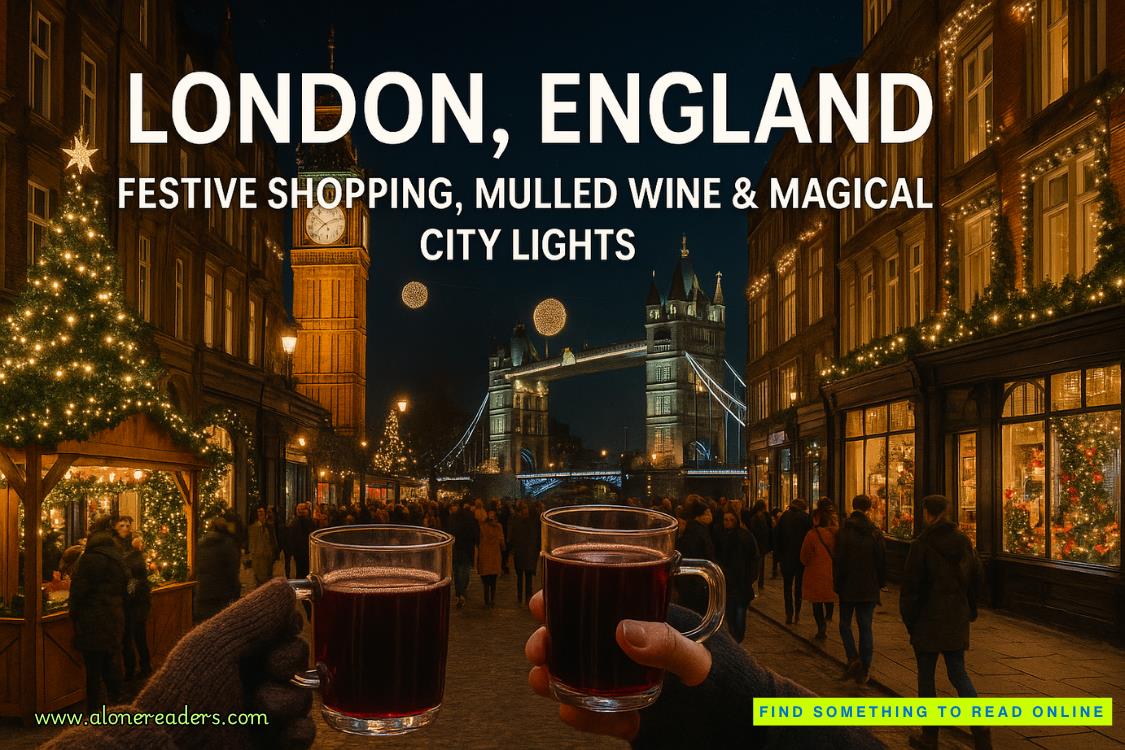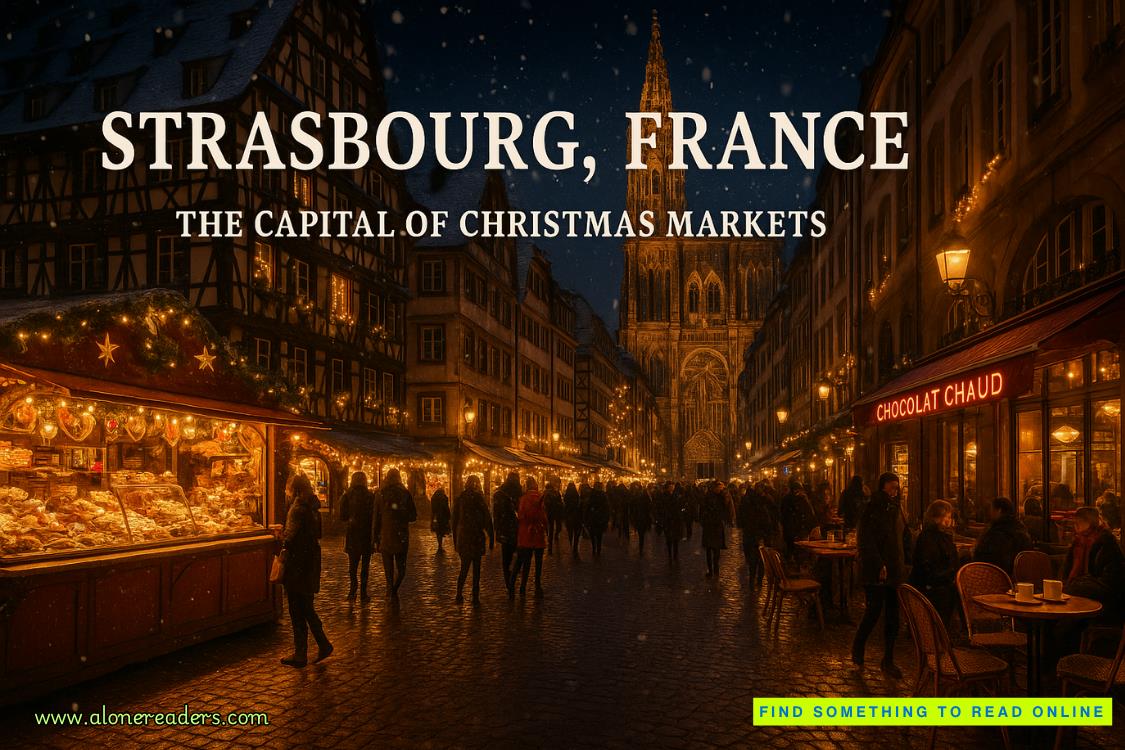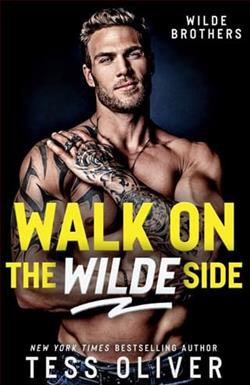Page 8 of A Calamity of Souls
“So why don’t you go ask her?”
“You think she’s still at Ashby’s?” asked Jack.
“No, and anyway Ashby won’t let her talk to you on his dime. That man’s got more money than anybody else around here, but he don’t let one damn dollar get away without a fight. But you can go see Miss Jessup at her place.”
“I don’t know where she lives.”
His father broke another bolt loose, winked at him, and grinned. “I do.”
“How?”
“Because I’ve given her rides home when the bus wouldn’t stop for her.”
“But the bus brings her here.”
“Different driver. One’s fair, the other’s a maggot. Now, I’m no fan of this integration crap chiefly because I don’t like people tellin’ me who I got to associate with. But you don’t get in the way of anybody tryin’ to earn an honest livin’. Somebody wouldn’t pick my ass up ’cause my ancestors come from Africa? I’d pull him out that bus and beat the livin’ shit outta him.”
“So where does she live?”
His father went over to a mud sink and began washing off his hands. “Do you one better. I’ll show you. Happy damn birthday, son.”
CHAPTER 6
THEY DROVE OVER IN JACK’S Fiat. He had watched as his father had taken his .38 revolver from a locked drawer in his tool cabinet and placed it inside the car’s glove box. Now Jack knew what had happened to at least one of his father’s weapons.
“Where the hell is this place that you need a gun?”
“Where white people don’t ever go less they’re lost, or lost their mind, or they got stuff to get rid of,” his father answered cryptically and refused to say more.
Jack knew that Freeman County was roughly divided into halves, with two quadrants in each half. Northwest and southwest were the white side and northeast and southeast the Black side. The rich whites primarily lived in the northwest sector and the rest of the whites lived in the southwest. Carter City was located like an egg in a nest in the southeastern part of the pie. It had been white-dominated until the Civil Rights era; then they had left it to the Blacks.
The McHenry River ran roughly north to south, serving as a stark geographic barrier between the races before it hooked east and eventually emptied into the Chesapeake Bay. The Stonewall Jackson Bridge bisected the racial worlds, though neither side used it to casually visit the other. Blacks, almost all women, would only cross it in a bus to get to their jobs on the white side and then back home. Otherwise the bridge was simply a means to get over the water and on to somewhere else, though the recently opened interstate highway the Lees were now on provided an alternative to the bridge route.
In the distance they saw the low-rise, blunt-faced skyline of downtown Carter City, where a bank building’s neon sign would change color depending on the weather. They passed small acreages of peanut and soybean fields after exiting the interstate, rural remnants among the modern concrete and rebar. The sun was creeping away, with the horizon just about to swallow it whole when his father gave him final directions. They had to double back because the highway had been built right through the community they were now in, cutting off easy access to both the interstate and the surface streets.
Jack noted this and said, “How do these folks get anywhere?”
“Probably their own two feet, if they manage to get out. Some never do.”
“Tuxedo Boulevard?” commented Jack a few minutes later, looking at the mangled street sign where his father had just told him to hang a left.
“Yep.”
“What’s that smell?” asked Jack. The foul odor had flooded the Fiat.
“County dump. It’s at the end of the street.”
“The county dump is at the end of Tuxedo Boulevard?”
“Somebody’s idea of a joke, I guess,” replied his unsmiling father.
Jack observed that the homes dated back to the previous century and were cheaply and poorly built. The street was also in wretched shape; the tiny Fiat encountered potholes that seemed capable of ingesting it. A skinny snow-white cat darted in front of them, followed eagerly by a mangy burly brown dog. Jack tapped the brakes to avoid striking them.
He observed that people were sitting on many of the porches no doubt trying to snag a breeze. And to a person they were watching the Fiat. They were mostly rigid-faced Black men, although there were some women in their midst who gazed at them suspiciously, as though this was an invasion of sorts into their small bit of the world. Shirtless boys ran up and down the small patches of brown, wiry grass, probably trying and failing to outrun the mosquitoes. But even they halted to watch them. It was obvious why: there were white men on Tuxedo Boulevard riding in a car that looked like one from which circus clowns would eventually emerge.
Frank Lee put one hand on the dash, near the glove box and the gun.
“It’s that one up there, on the left with the brown shutters,” he said tersely.















